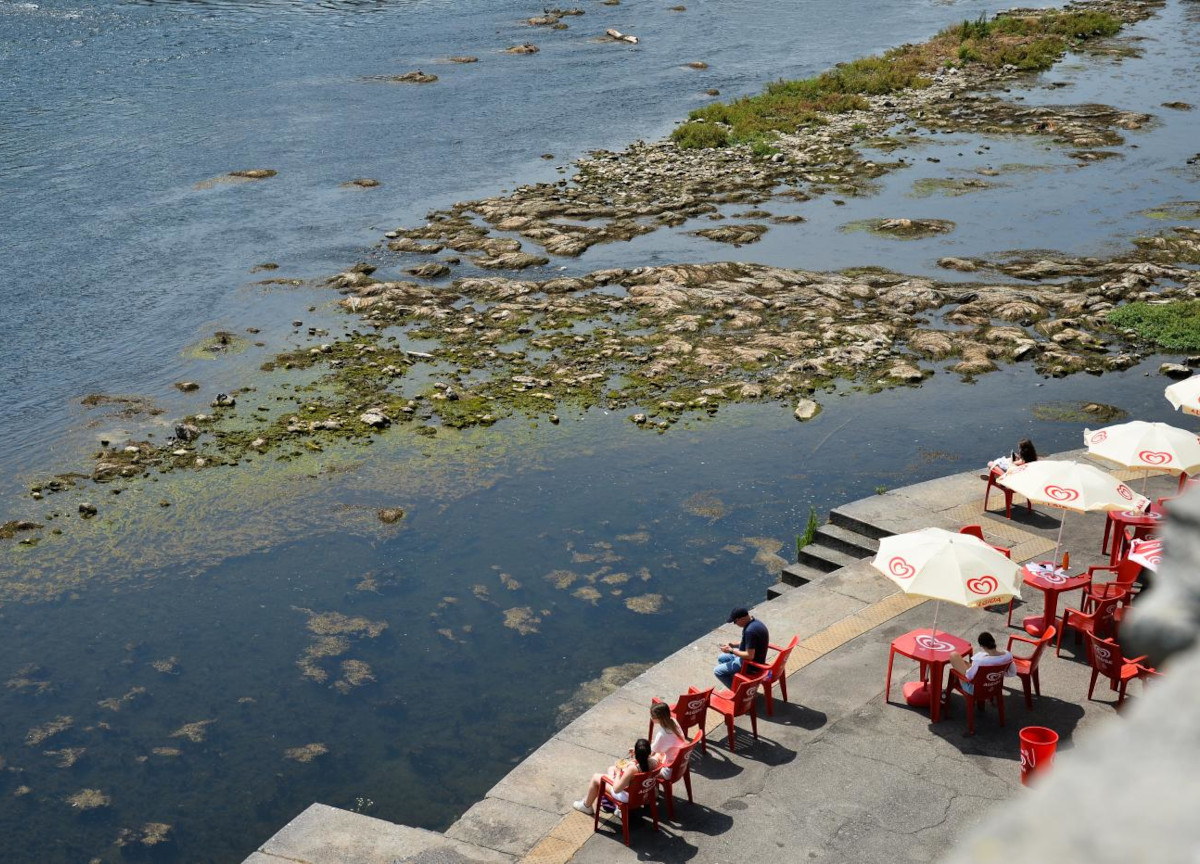Climate change and economic resilience: Schroders’ analysis
The course is the longest river in Italy, the After, experienced the worst drought in 70 years. This crisis is having a strong impact on the energy storage of the hydroelectric system. Over 85% of the 4,000 hydroelectric plants in Italy are located in the northern regions. Hydroelectricity is the oldest source of renewable energy and represents about 35% of the total production of green energy, and generally satisfies more than 15% of the Italian energy demand.
The consequences of drought on the energy mix in the world
At the beginning of 2022, the level of energy stored in the Italian basins was 22% lower compared to the average for the same period of the previous 7 years. Storage levels deteriorated further over the summer and were more than 40% below their historical average in June. This winter, the value of energy stored in Italian tanks is already 25% lower on a historical basis.
Consequentially, water shortages have exacerbated the energy crisisas drought has hit the economy at a time when gas supplies have dwindled due to the war between Russia and Ukraine.
Naturally, drought is not just Europe’s problem. Last year, for example, Sichuan, a Chinese province that gets more than 80% of its energy from hydroelectricity, experienced its worst drought in 50 years. Restrictions have been placed on electricity supplies due to low water levels and some major automakers, such as Toyota, have reportedly been forced to halt production for several days at their factories in the region.
The western states of the USA have also been affected by drought. The United Nations Environment Program (UNEP) highlighted last year that, due to more than ten years of drought, the two largest hydroelectric reservoirs in the United States have reached their lowest levels ever. Lakes Mead and Powell provide water and electricity to tens of millions of people in the states of Nevada, Arizona, California, Wyoming, Colorado, New Mexico and Mexico.
How climate change will define the coming years
The impact of droughts is just one example of how climate change is an economic problem. PFor this reason, Schroders’ team of economists annually prepares 30-year return forecasts that take into account the impact of climate change and what government policies to reduce global warming mean for markets.
Climate policies will also be subject to exam at COP28, the United Nations Climate Summit to be held this year in the United Arab Emirates, where the first Global Stocktake of the Paris Agreement will take place. This process will be the first official check-up of the Accord and will assess whether each country is making sufficient progress towards the Net Zero goals.
The United Nations has warned that such commitments must be backed up by credible action and that carbon pricing is seen as an effective policy lever to address climate change.
While governments have been slow to actWhile companies have taken the lead, it is perhaps unsurprising that the response to climate change is accelerating. We expect carbon prices to rise, as the cost of emissions is still too low, and some countries, such as the EU, are ready to strengthen their climate mitigation framework with innovative policy measures, such as carbon border.
Not only that, but following COP15, the UN summit on biodiversity, a new framework on biodiversity was finalized last year to face and reverse the global biodiversity decline. We must recognize that climate and biodiversity are deeply interconnected. Calls for more ambitious mitigation efforts remain, and we can expect many more government interventions in the future.
Environmental Economist, Schroders*
Subscribe to the newsletter
